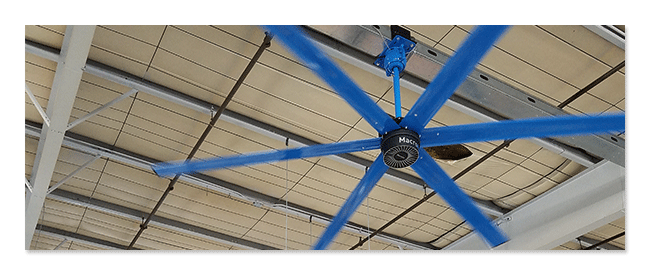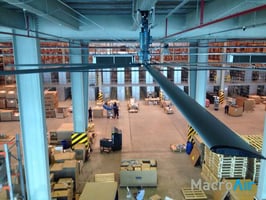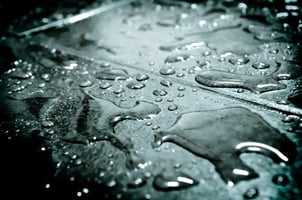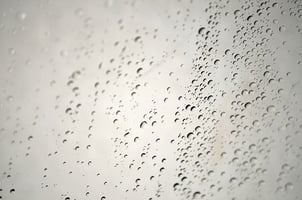Sweating Slab Syndrome - How to Decrease Condensation on Concrete Surfaces
Sweating slab syndrome (SSS) happens when moisture builds up on the concrete slab floors of a warehouse or industrial building. Warm, humid daytime air cools at night outside the building. Inside the building, the concrete floors often stay much cooler than the inside air. Warm, daytime air comes into the building and meets the cool floors. The warm air deposits moisture as it cools down to match the temperature of the slab. A secondary cause of SSS is water-soluble salts in and on top of the slab attracting moisture in the air. There are several reasons to take precautions against SSS when working on your next building project.
Problems with Sweating Slab Syndrome
Many buildings used for storage or manufacturing purposes are designed to have very smooth floors. This is because it is easy for forklifts or carts to get around the building. However, a smooth floor with moisture on it poses a threat to worker safety. According to the National Floor Safety Institute, falls are the leading cause of employee injuries, and slips because of moisture on the floor make up more than 10 percent of total falls. It also becomes difficult to stop or safely maneuver forklifts on slippery floors. Beyond these immediate dangers, moisture can also condense on products or materials being stored in your building. This can cause them to deteriorate rapidly.
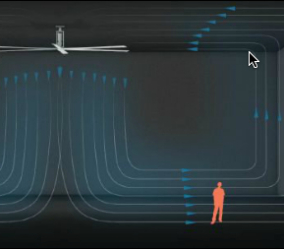
Solutions for Sweating Slab Syndrome
In order to resolve sweating slab syndrome, building owners have to find a way to remove moisture from the air or make the temperature of the air closer to the temperature of the slab. Large-scale air conditioning and heating systems can achieve this effect. However, in big buildings with tons of open space, these systems are very costly and ineffective on the floor. For this reason, companies often choose to go with high volume, low speed (HVLS) fans. HVLS fans are a cost-effective way to keep their buildings cool and prevent the buildup of moisture on floors.
Why MacroAir HVLS Fans Are the Optimal Solution
Moving air with a MacroAir HVLS fan is much more economical than constantly running an HVAC system at high levels. As MacroAir HVLS fan blades are extremely long – up 24 feet in diameter – they can capture a large amount of air and push huge columns of air toward the floor. Constant, dedicated air movement decreases air temperature. The air temperature gets closer to the temperature of the concrete slab, therefore reducing the amount of condensation. Other advantages of using MacroAir HVLS fans include:
- LEED certification: HVLS fans can help your building reduce the amount of energy it uses, which is an important qualification for attaining LEED certification. They can also help you meet LEED standards that relate to air quality.
- A more comfortable workplace: Not only will employees be safer if your building has dry floors, but they will also be more comfortable. This is especially important in the hot months of spring and summer. High temperatures during these months create fatigue and dehydration much more rapidly.
- Heating applications: MacroAir HVLS fans can also be used in reverse. Since hot air rises, you can use these fans in colder months to disperse warm air from the roof towards the floor.
Sweating slab syndrome can be a challenge in buildings that are not designed properly. With the right kind of solution, employees and goods will stay safe and work can get completed in a productive fashion.
